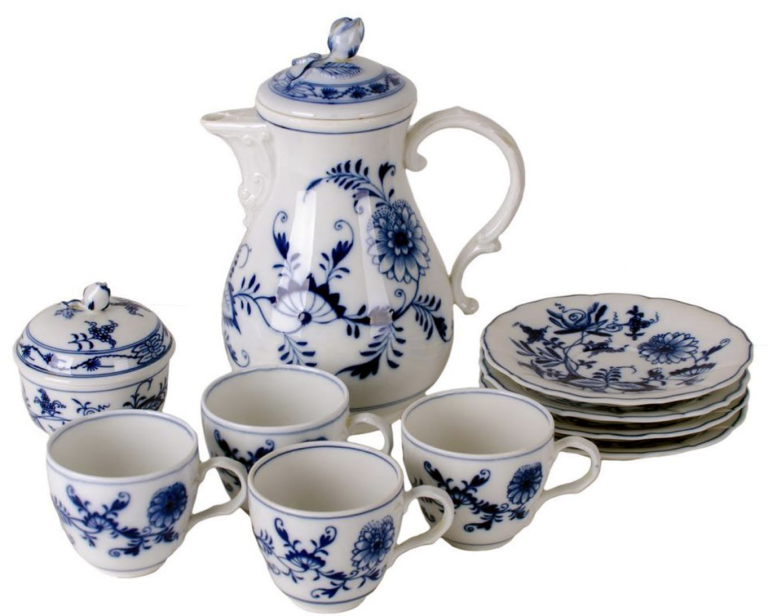Published with permission from LuxuryWeb Magazine
The heart of England’s celebrated pottery industry resides in North Staffordshire, where the legacy of European porcelain craftsmanship began to unfold in the late 16th century. Traders — venturing along the Silk Road — brought back beautifully adorned porcelains from China (known as Cathay back then), destined to grace the tables and palaces of European royalty and aristocracy.
These prized porcelain treasures, primarily sourced by the Dutch East India Company, symbolized wealth, prestige, and refined taste. As competition among European monarchies intensified, so did the demand for these exquisite decorative pieces. King August II of Poland, Elector of Saxony, enlisted the talents of alchemist Johann Friedrich Böttger and mathematician-scientist Ehrenfried Walther von Tschirnhaus.
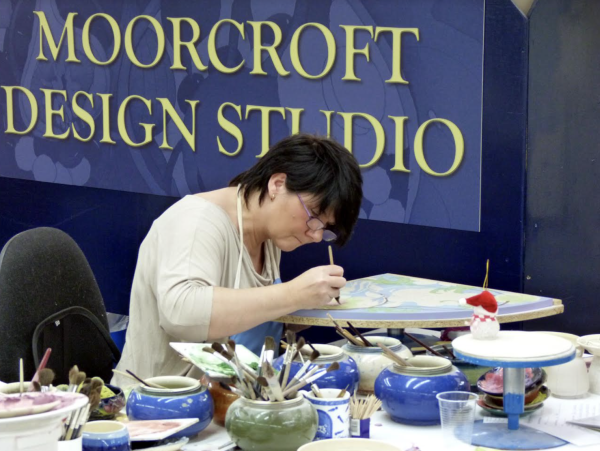
Their mission: to establish a factory that would supply ornate items and tableware to the Elector’s palace. In 1709, this vision became a reality when the first European hard-paste porcelain factory was established at Albrechtsburg Castle in Meissen. The year 1710 marked the official commencement of porcelain production.
Meissen’s artistic renaissance
Under Augustus’ patronage, Meissen attracted some of Europe’s most accomplished painters and sculptors. Initial ornamental pieces featured gold decorations meticulously applied to a fired clay body, later engraved and fired again at a lower temperature.
Success
You are now signed up for our newsletter
Success
Check your email to complete sign up
In 1723, Johann Gregorius Höroldt introduced multicolored enameled painting inspired by oriental motifs, giving birth to the beloved and highly coveted Meissen porcelain. Among the enduring Meissen designs, the Blue Onion (Zwiebelmuster) pattern (shown in cover image) has graced tables since the 18th century.
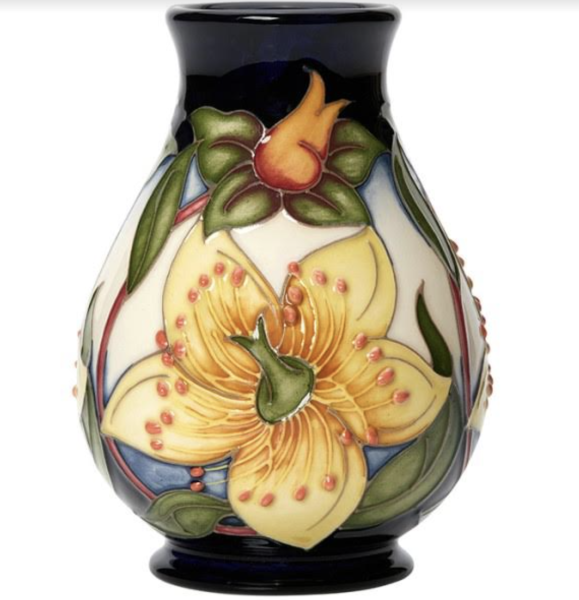
Industrial espionage, often considered a modern treachery, has roots dating back centuries. Samuel Stöltzel, a kiln master at Meissen, clandestinely appropriated and sold Böttger’s secret recipe to Claude Innocentius du Paquier, a Vienna court official. By 1717, du Paquier had established a competing factory within the Viennese Imperial Palace.
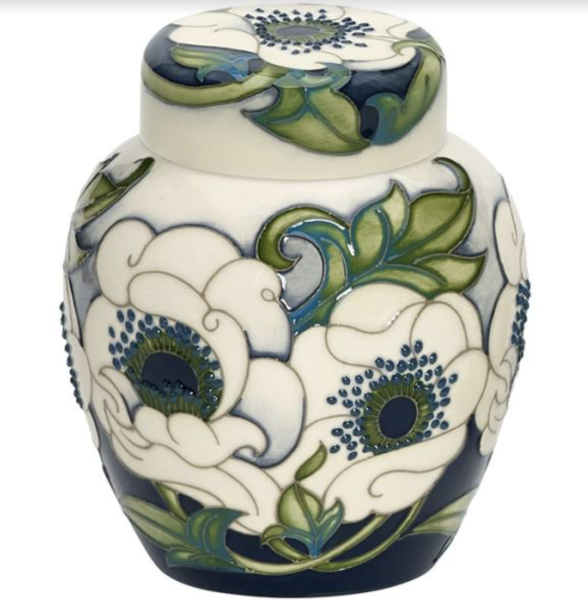
By 1780, approximately 50 porcelain manufacturers flourished across Europe, each affiliated with a royal palace, contributing to the “Royal” or “Imperial” monikers that adorn renowned porcelain brands.
The emergence of a prosperous middle class in 19th-century Europe, particularly in England, fueled a growing appetite for high-quality porcelain tableware and decorative pieces to adorn their homes. While they lacked grand palaces, they aspired to decorate their residences with the same elegance as the aristocracy.
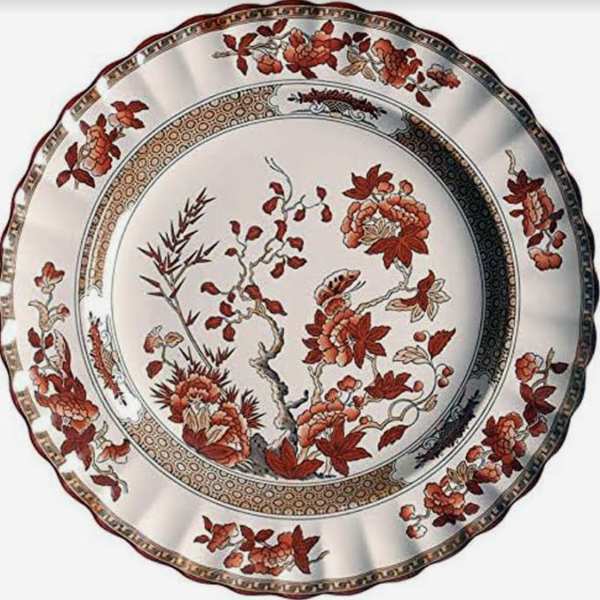
The Stoke-on-Trent renaissance
Throughout the Victorian and Edwardian eras, the demand for elaborately designed homeware and decorative items continued to surge. Numerous entrepreneurs established porcelain factories and decorating workshops in the Stoke-on-Trent region, capitalizing on the availability of clay, sand, wood, and coal.
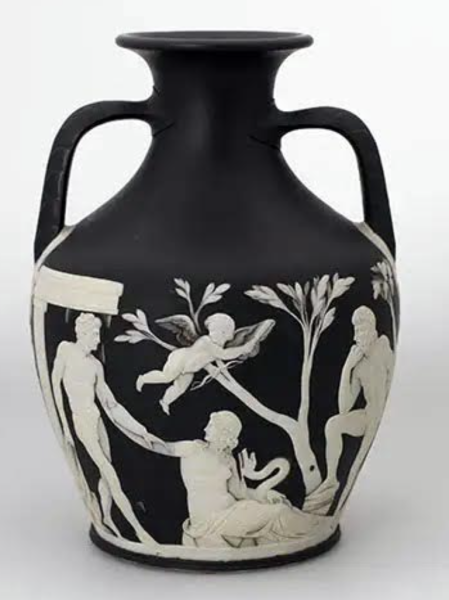
These establishments attracted acclaimed artists and artisans who created exquisite designs. By the early 20th century, over 100 factories and workshops thrived in towns surrounding Stoke-on-Trent. Some of these esteemed producers have endured as antique collectibles or continue to operate today under brands such as Royal Doulton, Minton, Meakin, Royal Worcester, and Spode Copeland.
Josiah Wedgwood & Sons: A museum of timeless elegance
Our journey to The Potteries, as the Stoke-on-Trent area is fondly known, led us to the Josiah Wedgwood & Sons factory. In 2008, a museum was unveiled on the Wedgwood Barlaston campus, offering a captivating glimpse into the brand’s rich history.
Wedgwood is now part of the Waterford, Wedgwood and Royal Doulton (WWRD) Group, owned by the Finnish corporation Fiskars, known for luxury porcelain and crystal producers like Arabia, Iittala, and Royal Copenhagen.

The museum boasts an impressive collection, ranging from early 1800s creations to the latest designs, meticulously preserved through production notes and samples.
Amid our Stoke-on-Trent expedition, we also uncovered the hidden gem of pottery artistry: W. Moorcroft. A fiercely independent creator of art pottery, Moorcroft has consistently delivered exceptional collectible art pieces for over a century. Founded in 1897 as a design studio within James Macintyre & Co., the company’s unique appeal was sculpted by William Moorcroft, who personally signed each pottery piece.
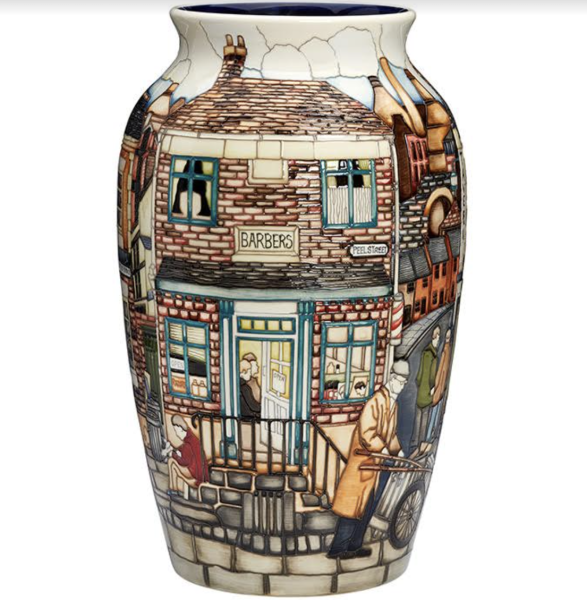
In 1912, Moorcroft moved his team to a dedicated factory in Burslem, where Moorcroft pottery continues to be crafted today. The company’s artistic journey received initial support from Liberty of London, retaining control until 1962. Since 1993, W. Moorcroft Ltd. has been under the Edwards family’s guidance.
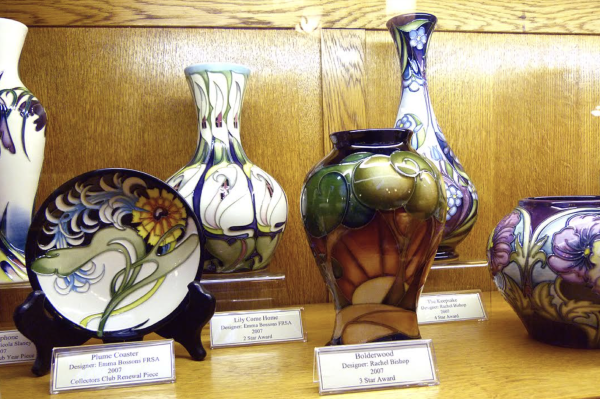
During our visit, Catherine Gage, Director of Marketing and Publicity, led us through the workshop and studio, where each piece undergoes meticulous hand-decoration and bears the artist’s signature. The process, reminiscent of a bygone era, differs greatly from assembly line production. The outcome resembles vividly colored cloisonné, but fashioned from clay.
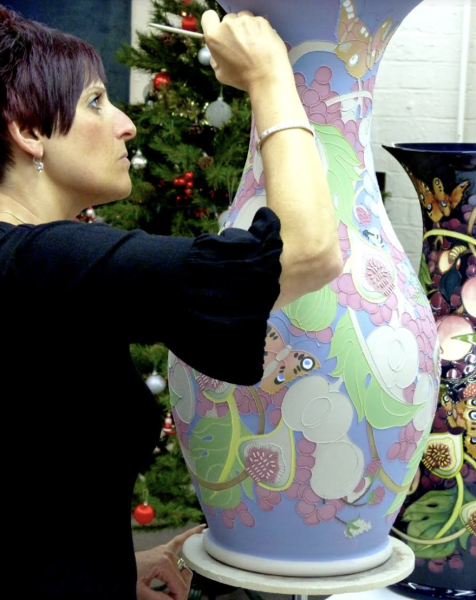
While many designs adhere to an Art Nouveau style and are produced in limited or numbered editions, each piece becomes a cherished work of art. Among the talented designers, Rachel Bishop, Vicky Lovatt, Emma Bossons, and Paul Hilditch showcase their unique styles, contributing to Moorcroft’s timeless appeal.
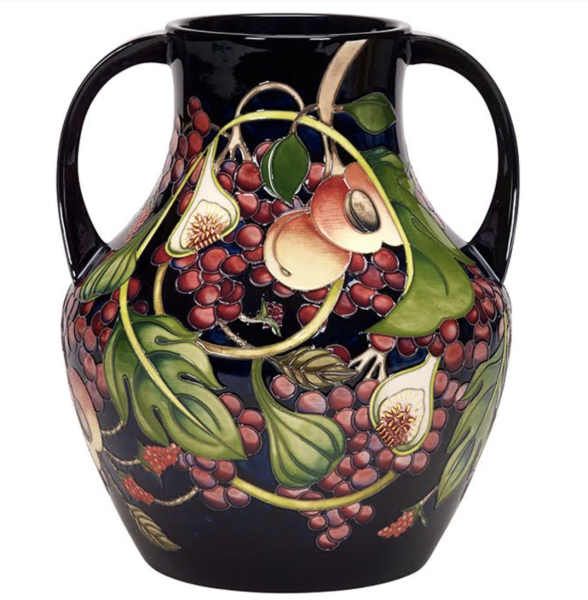
Though our whirlwind Stoke-on-Trent adventure didn’t permit visits to other operating factories, we managed to squeeze in a comprehensive exploration of this captivating industry and its exceptional producers. As such, we’d recommend allocating at least four full days to see it all.
For more information, visit:
- WEDGWOOD
Wedgwood Drive, Barlaston, Stoke-on-Trent ST12 9ER
Tel: +44 (0)1782 282986
Email: [email protected] - MOORCROFT
Moorcroft Heritage Visitor Centre
Sandbach Road, Burslem, Stoke-on-Trent ST6 2DQ
Tel: +44 (0)1782 820500
Website: www.moorcroft.com
Visit LuxuryWeb Magazine to see the original article and more.



